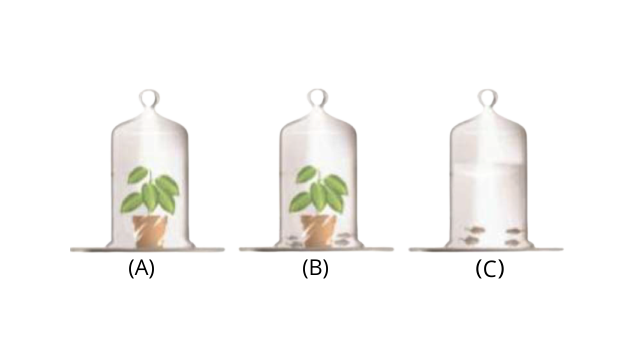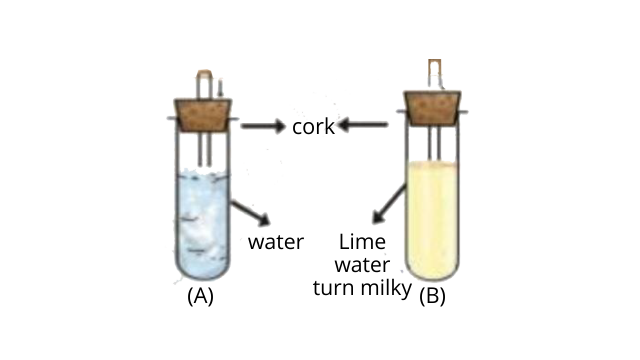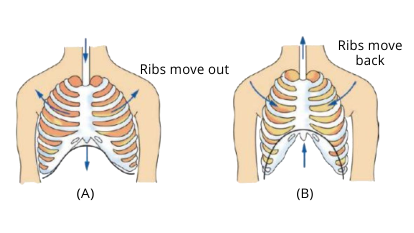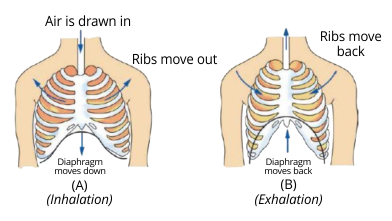Class 7 Science NCERT Exemplar Solutions Chapter 10 Respiration in Organisms
FAQs on NCERT Exemplar for Class 7 Science Solutions Chapter 10 Respiration in Organisms
1. What is covered in Class 7 NCERT Exemplar Science Chapter 10 Respiration in Organisms solutions?
The Class 7 NCERT Exemplar Science Chapter 10 Respiration in Organisms Solutions contains a list of all of the questions included in the tenth chapter of the science NCERT Exemplar book along with the solutions to each question. These solutions are followed by a short answer explaining the rationale behind choosing that particular answer. For example, the first question in this chapter explains that heavy exercise leads to anaerobic respiration in our muscle cells. The question then directs you to four choices of substances out of which you have to select which is the correct substance formed in our bodies during this process. The solutions given on this page provide the correct choice and also explain why that answer should be chosen instead of any of the others.
2. How does Class 7 NCERT Exemplar Science Chapter 10 Respiration in Organisms solutions help in our studies?
The Class 7 NCERT Exemplar Science Chapter 10 Respiration in Organisms solutions have been specially designed to help students understand how to solve the questions in their NCERT Exemplar books. At Vedantu, we believe in encouraging a healthy, stress-free learning period for all children. We believe that workbooks like the NCERT Exemplar should be used as a tool to guide students and help them learn the subject. That is why we have provided solutions to the questions along with explanations on how to deduce the answers correctly. By using these solutions as a guide, you can learn more efficiently and save time.
3. Where can I find more study resources for Class 7 NCERT Exemplar Science Chapter 10 Respiration in Organisms?
Vedantu has all of the study materials needed for the NCERT Exemplar workbooks. On this particular page, you will find the Class 7 NCERT Exemplar Science Chapter 10 Respiration in Organisms Solutions, which comes in PDF format for download. By going through these solutions, you can learn how to work out the answers on your own, which will be beneficial for your exams and homework. You can also browse through the Vedantu website or app for more resources on the tenth Chapter of the NCERT Exemplar Science Workbook.
4. What can I do to study for Class 7 Science?
To study for Class 7 Science, you can begin by downloading the solutions available for the different workbooks. This particular page has the solutions for the tenth chapter of the NCERT Exemplar workbook for Class 7 Science. This is available as a PDF file for download. By going through this PDF file, you can learn how to solve the questions in your workbook logically and get to the correct answer. Vedantu also has many other similar resources for the NCERT Exemplar workbooks as well as other books and their questions. Just browse through the Vedantu website and app for more information. You can find the section on NCERT under the tab that says “Study Material.” From the drop-down menu that shows, click on NCERT solutions.
5. Are the Class 7 NCERT Exemplar Science Chapter 10 Respiration in Organisms solutions free?
In short, yes! The Class 7 NCERT Exemplar Science Chapter 10 Respiration in Organisms Solutions are completely free to download. These solutions can be viewed on the website and app, or they can be downloaded as a PDF file for offline access. However, to download the PDF, you will need an account on Vedantu. Creating an account on Vedantu is free and easy; just sign up with your email address or phone number. Once that is done, you can download the solutions available on this page and much more!


























